SMT Assembly Red Glue
SMT red glue stabilizes components on PCBs, crucial for heavy or dual-sided boards, enhancing assembly reliability and optimizing production costs.
As electronics manufacturing keeps improving at a fast pace, efficiency and reliability are always the topmost priority. Surface Mount Technology (SMT) assembly has become the preferred technology for the design of small and high-performance electronic devices. However, with increasing sophistication, the challenge such as placing heavy or double-sided components on printed circuit boards (PCBs) becomes an issue. SMT Assembly Red Glue plays an inherent part in such cases with temporary bonding to gain the component stability. As the prime supplier of PCB assembly and design, PCBX has thorough insight into the fine balance between cost of production and quality retention. This article explains the red glue process in-depth, applications, and methods for its optimal use for minimizing cost.
Understanding the Red Glue Process
Red glue, most often red epoxy resin, is employed as a temporary component to keep Surface-Mounted Devices (SMDs) aligned while being assembled. Its principal function is to prevent parts from shifting or falling off the board during soldering, especially in complex assemblies where gravity and heat forces are the dominant factors. Red color is not only to distinguish from other adhesives but also utilized to aid quality control, observable by the technician as its existence, ensuring proper use.
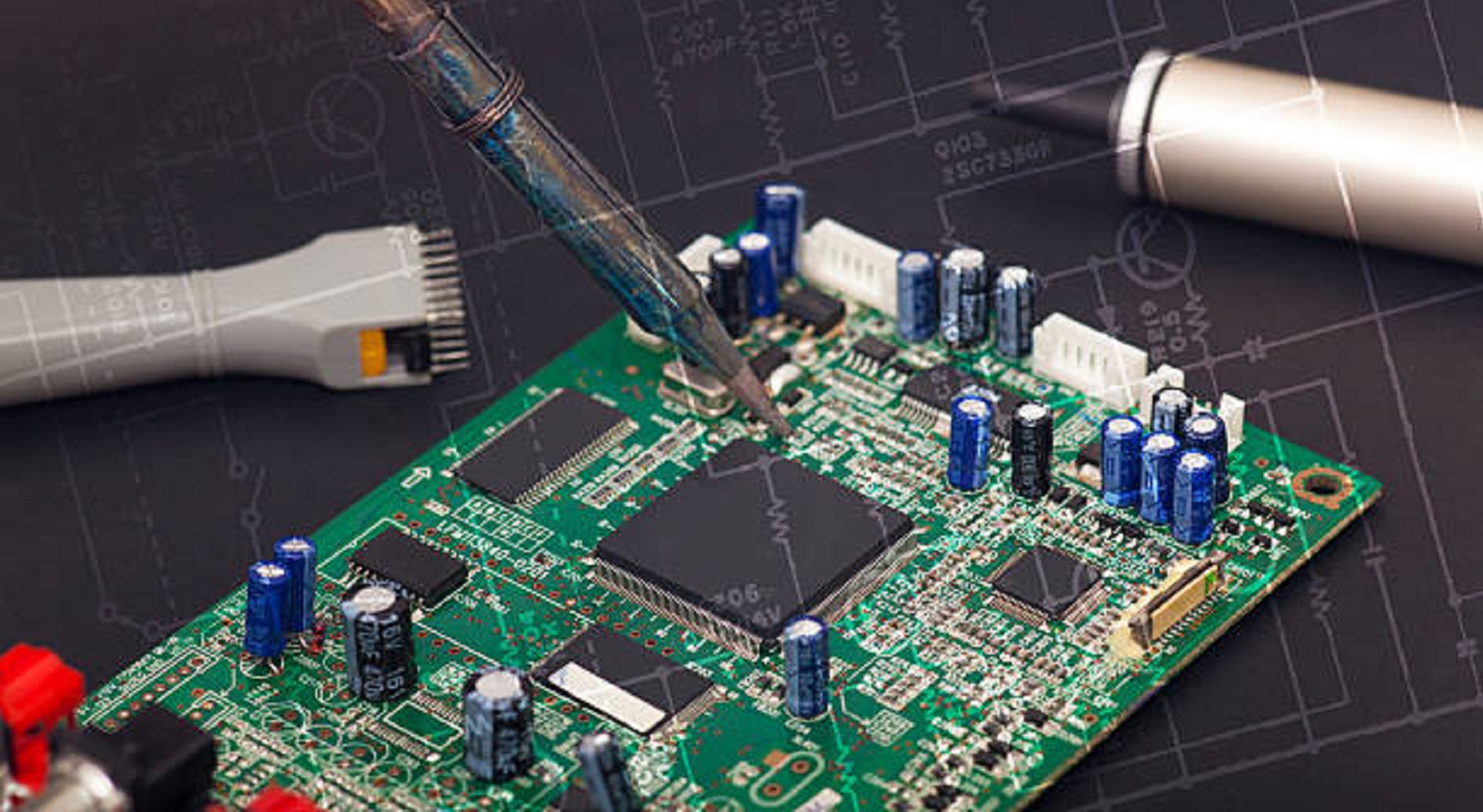
Common Application Scenarios
Heavy or Large SMD Dual-Sided Boards
Another typical issue during production occurs with dual-sided PCBs with heavy or large components. During the assembling process, such boards undergo two cycles of reflow soldering. The first pass solderes components on one side, while the second does the same on the other side. During this second operation, downwards-facing solder paste can re-melt and pose a risk to removing the components. Red glue is the answer to keeping such components in place and thus preventing oscillation and retaining solder joint integrity. Big capacitors, inductors, crystals, transformers, and SMD sockets are especially worthy of such an application.
High Vibration or Impact Resistance
There are some products that subject components to severe mechanical stress over their lifetime. An example is ultrasonic soldering, which employs high-frequency acoustic vibration, potentially loosening components during assembly. Red glue serves as a mechanical stabilizer in such an instance, holding attachments and preventing faults when the product is under use.
Non-Uniform PCB or Component Flatness
Component or board flatness variations can lead to defects like component floating due to reflow soldering. Pre-fixing the components using Red glue prevents the uneven lift caused by solder paste and thus cures potential solder joint defects.
PCBX's Red Glue Methods
Bypassing these manufacturing challenges, PCBX—a household name for quality and innovation in the realm of PCB—offers tailor-made red glue solutions:
Manual Dispensing: Ideal for low production batches that are precisioned and flexible. Technicians dispense glue manually, allowing the possibility of making adjustments specific to each component's needs.
Semi-Automatic Dispensing Machines: For higher runs, with the option to offer accurate glue application, utmost speed, and utilization of resources in maintaining quality standards.
Overcoming Problems and Optimization
While as useful as it is, red glue addition can present some problems:
Process Complexity: Proper use of the glue is essential, involving precise amount and location control. Misuse can lead to cold solder joints or improper component mounting, complicating the manufacturing process.
Increased Lead Times and Costs: Additional operations in using and curing red glue can increase production time. Material costs for the adhesive and labor for additional steps contribute to increased manufacturing expenses.
Optimization Strategies
To maximize efficiency and decrease the dependency on red glue, try these options:
PCB Design Optimization
Streamline Component Placement: Keep heavy or bulky components on one side of the PCB wherever possible. Locate them in the center or on structurally robust spots to keep gravitational impact at bay during reflow.
Component Selection Optimization
Opt for components with flatter bases to automatically minimize shifting during reflow.
Use through-hole (THT) components instead of bulky SMDs whenever possible, as they naturally provide stability.
Smart Use of Red Glue
Utilize automated dispensing equipment to apply with precision, eliminating waste and manual labor.
Collaborative Design Processes
Team up with PCB design specialists, such as PCBX, who create layouts that minimize the use of red glue, depending on intelligent design techniques that ensure component stability.
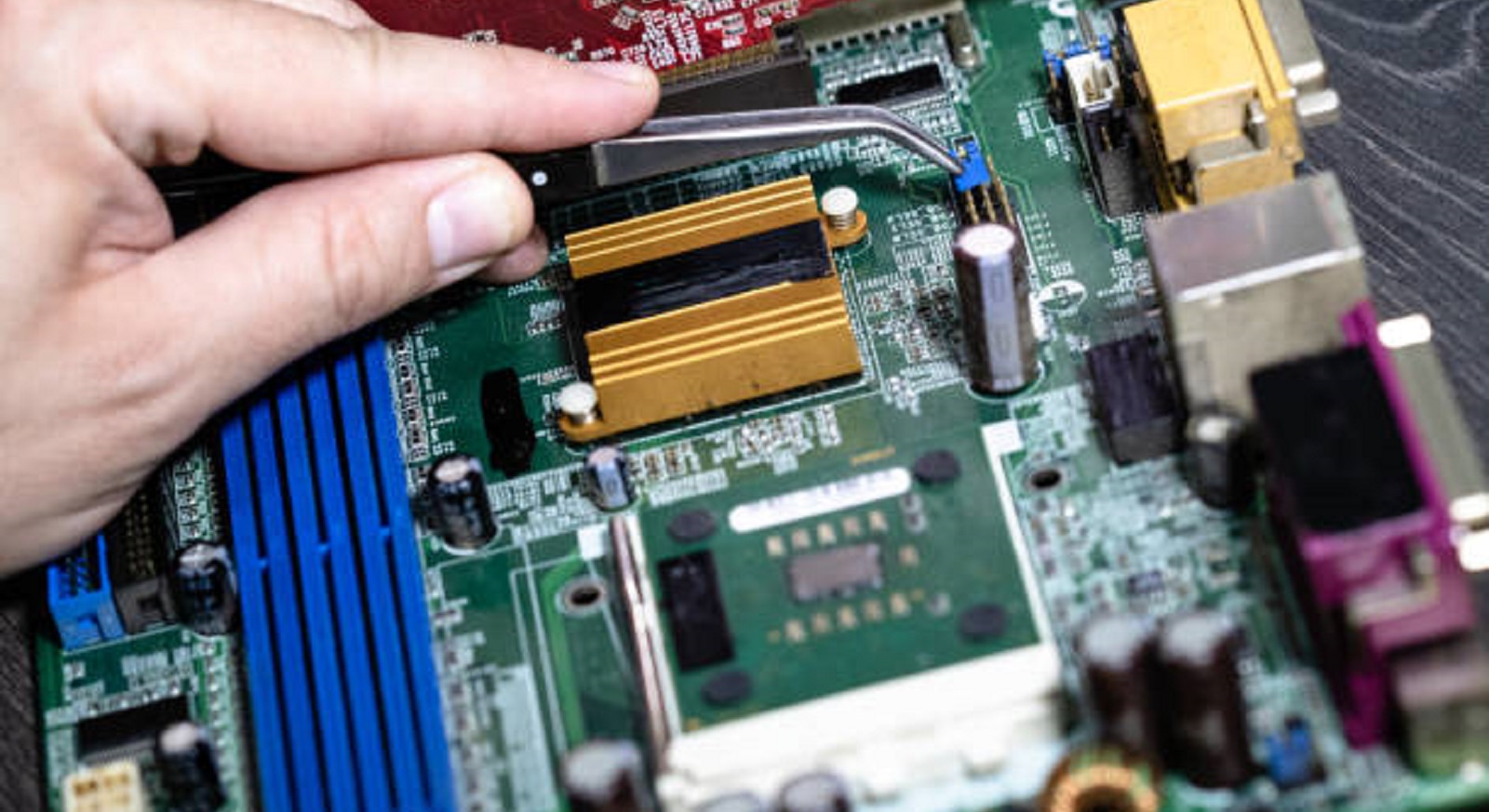
As the electronics industry has developed over time, PCBX is driving the way to optimize operations like SMT Assembly as per quality and cost-effectiveness parameters. Even though red glue remains an important piece of hardware in keeping components in place for delicate PCB assembly activities, strategic design and manufacturing process approaches can reduce its application and impact on production expenses. This balance of innovation and realistic production approaches is an expression of our commitment to excellence in PCB production—a commitment that drives our client's search for improved electronics in a competitive landscape.
Hot Tags:
Contact us

If you can't find what you're looking for, please contact us.
Article
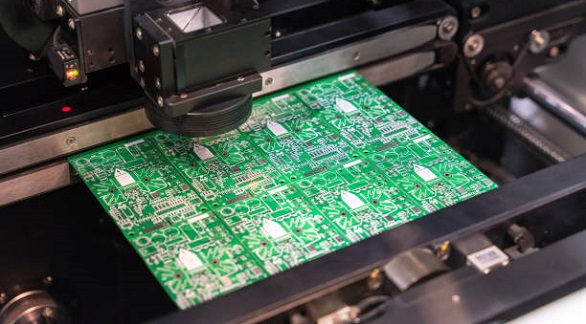
FAI in SMT ensures product quality by detecting defects early, using methods like AOI and X-ray, ultimately enhancing efficiency and customer trust.
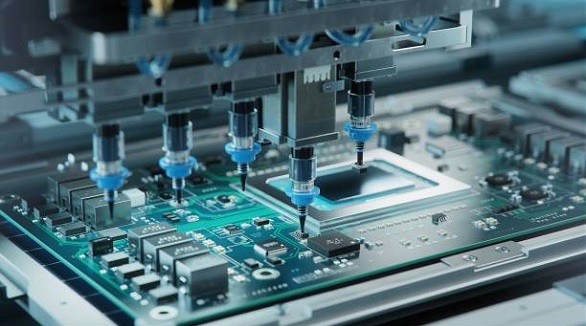
Ensure SMT quality through detailed design, supplier rigor, and process controls, enhanced by testing and continuous improvement for reliable, defect-free products.
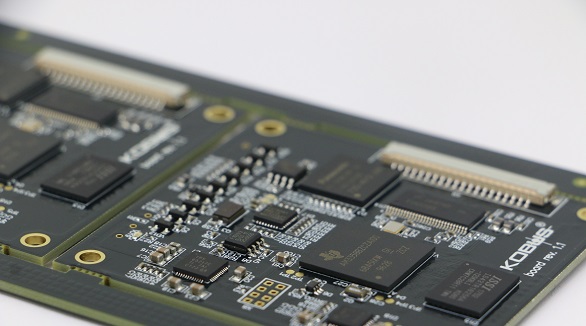
SMT assembly places components directly on PCBs, enhancing miniaturization, performance, and efficiency. Key steps: solder paste printing, chip mounting, reflow soldering, and inspection.
